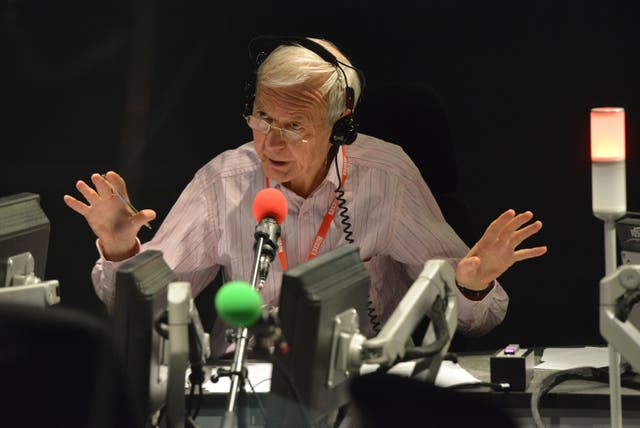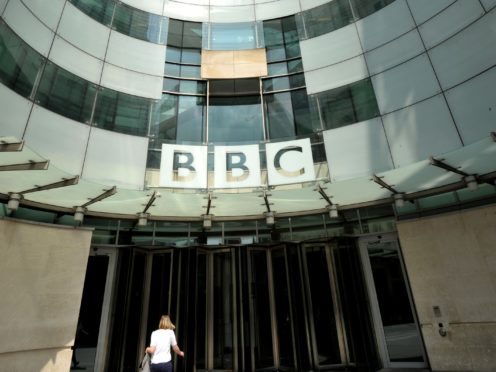The BBC will allow its Brexit coverage to be controlled by the British public in order to reflect how the country “really feels” about leaving the European Union.
Broadcasters will turn their editorial power over to a selected cross-section of the British public to broaden, demystify and democratise Brexit coverage.
The BBC has said it does not want its newsrooms to be seen as places of media control and conspiracy cut off from the knowledge of the British people.
As the date the UK is due to leave the EU approaches, the BBC will involve a “carefully selected” panel with different social backgrounds and political convictions to control content for a day of Brexit reporting.
The panel will work with editorial staff to shape the BBC’s Brexit coverage across the whole of March 1.
Editorial director of BBC News, Kamal Ahmed, said: “We really want the audience to be involved in the editorial decisions we make.
“Our editorial panel is made up of a cross-section of Britain, with different political views and from different social and economic backgrounds.
“They represent the full range of public opinion.

“It’s important our coverage reflects how Britain really feels about Brexit, and what better way to achieve this than to let our audiences be part of the reporting process?
“Not only will it be a very different and thought-provoking way of reporting the news that day, but it will help inform how we shape our news coverage in the future.
“We want our news rooms across the UK to be less a set of secret castles where, to the public, mysterious things happen.
“We want to open up the process and this first day is just the start.”
The panel will offer their own questions and ideas for journalists, editors and correspondents from the first morning coverage to the final reports of the day.
Brexit: Your Stories will allow the public to shape the output of the Today programme, the major Six and 10 news bulletins, the News Channel and BBC Breakfast.
The day will also include phone-ins and make use of audience opinion throughout.
The BBC has said the scheme is part of the broadcaster’s commitment to making Brexit understandable, alongside Reality Check and Brexit Jargon Buster.
Brexit: Your Stories is taking place on Friday March 1 across a range of BBC News outlets.
